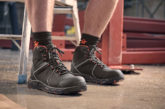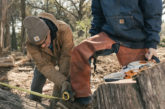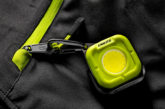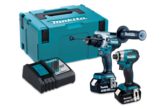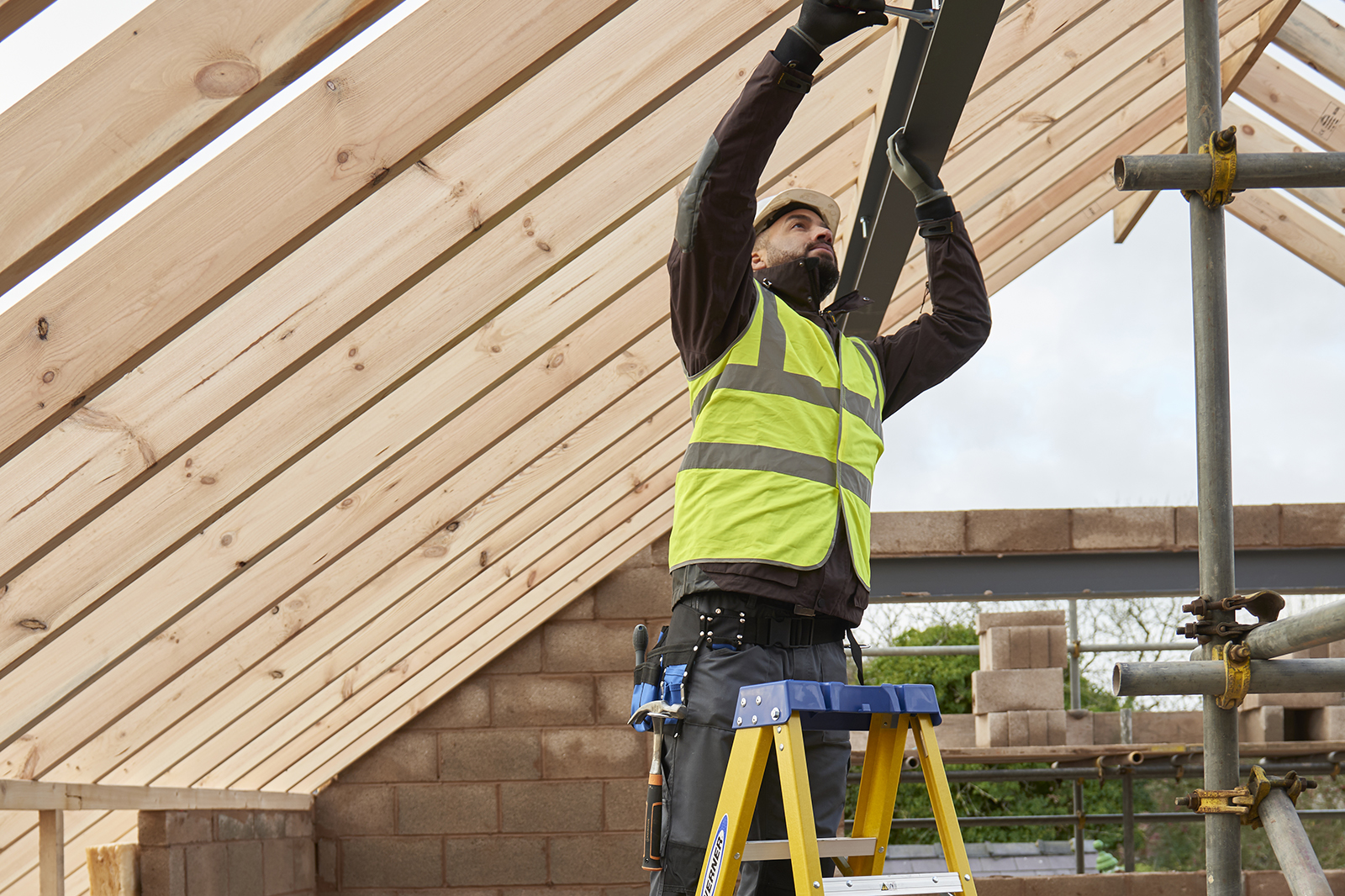
Fibreglass ladders have grown in popularity over the years due to their naturally strong and durable properties. Gurjeev Bola, UK Product Manager at WernerCo, looks into the key benefits of fibreglass ladders and why they are a great choice for installers working in diverse environments.
Using the correct equipment may seem apparent to most installers, yet each year, tradesmen are subjected to entirely avoidable workplace shocks as a result of failing to get the basics right. Electricity is still cited by the Health and Safety Executive (HSE) as the root cause of around 1,000 accidents at work each year, and with the construction industry’s increase in fatalities, WernerCo is on a mission to educate those in need of non-conductive work at height solutions.
Avoid the shock
Using the right equipment for the job is at the heart of the issue, and for many professional tradesmen a ladder is the central piece of kit used on a daily basis. However, workers in the UK are still getting injured including electric shocks from using tools that are not suitable for the job. It is not a ‘one ladder fits all’ solution and when working near electricity, using an aluminium ladder is a definite no.
But what should be used? Fibreglass ladders are non-conductive, which means the risk of shock can be avoided. This feature is a prerequisite for those working near electricity, for undertaking electrical contracting jobs or for domestic electrical works. Where bathroom or kitchen refurbishments are concerned, it is important that installers choose fibreglass, rather than aluminium, to avoid the risk of shock.
Durability is key
Not only is fibreglass a good solution for working around electricity but the material is also highly resistant to weathering and does not absorb moisture, making it ideal when working in wet or damp environments. Regular contact with water and chemicals is likely for installers, so it’s wise to minimise the risk of long-term damage by choosing fibreglass rather than aluminium ladders.
The material is also non-marking, warmer to the touch and retains its smooth surface over the duration of its lifetime.
Check, then check again
Before undertaking a project that requires the use of ladders, the HSE recommends that a number of crucial steps are followed to ensure optimum workplace safety. First, check the stiles. Make sure they are not bent or damaged, as the ladder could buckle or collapse.
Second, check the feet. If they are missing, worn or damaged the ladder could slip. It is also important to check ladder feet when moving from soft ground to a smooth, solid surface to make sure the foot material, and not the dirt, is making contact with the ground.
Next, check the rungs. If they are bent, worn, missing or loose, the ladder could fail. Finally, be sure to check any locking bars are engaged. If they are bent or damaged the ladder could collapse. If you’re using a stepladder, be sure that it is not split or buckled, otherwise, the ladder could become unstable or collapse. Also check the treads on the stepladder – if they are contaminated, they could be slippery.
WernerCo offers a range of fibreglass ladders, which all include durable seven-layer fibreglass-constructed rails, ensuring a smooth surface is maintained even after weathering and maximum protection for the user.
When it comes to safety, using the wrong ladder, one that is the wrong material or unsuitable for the task, makes all the difference.


